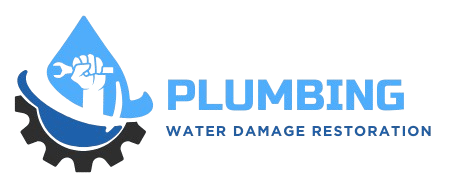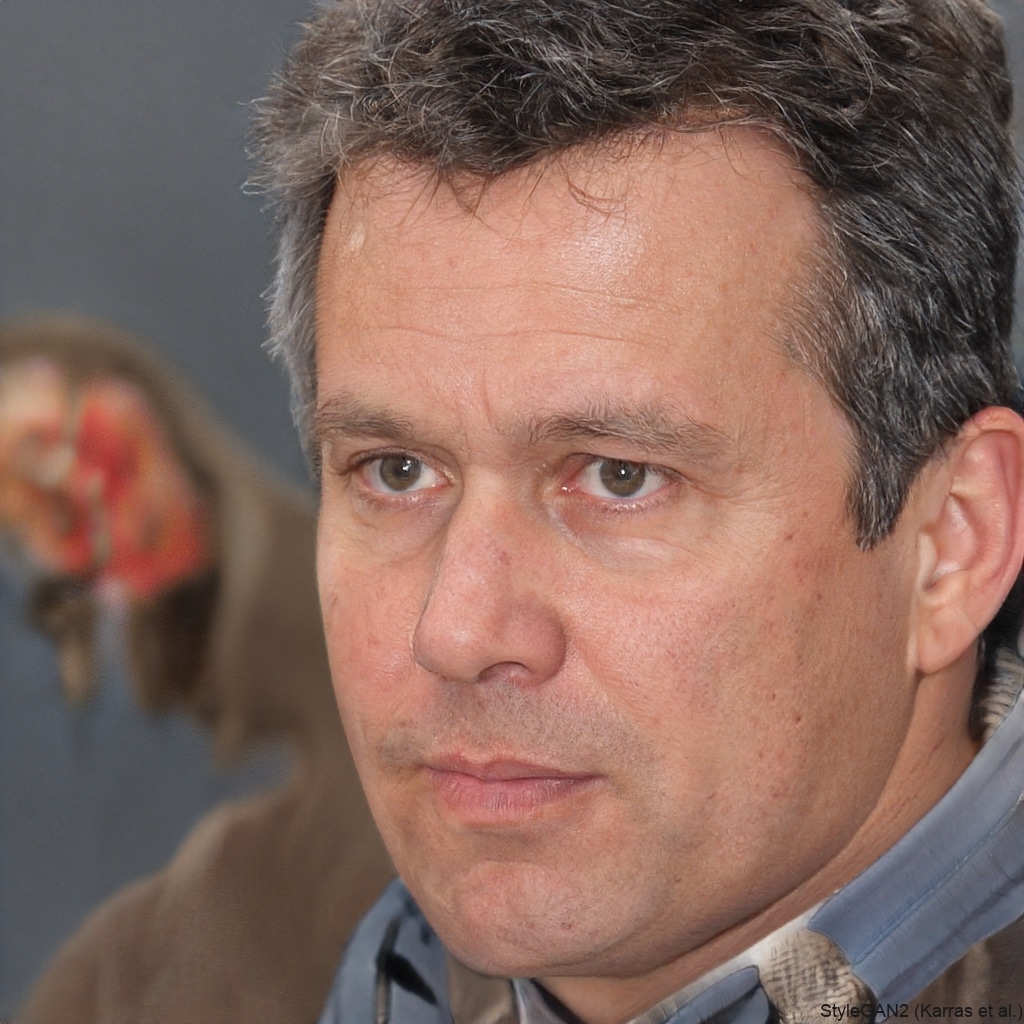Choosing the right inspection type for your sewer line is essential, and knowing the available options makes that process more straightforward. One of these options is the comprehensive sewer camera inspection. The camera used for this inspection is high resolution and produces quality footage of the inside of your sewer line. That footage is not even the best part. The best part is how the sewer line can be accessed in a non-invasive manner, equating to reduced risk of disruption when compared to other types of inspections. Now, what can the plumbing expert see with the camera? Pretty much anything. For a routine inspection, your plumbing expert can check for the early signs of problems that could develop into significant issues, and all without inducing any disruption. And the same goes for those who are inspecting a sewer line that connects to an older home prior to purchase.
If you're worried about specific issues like a leaking sewer line or low water pressure, a hydrostatic test might be the perfect solution. To perform this kind of test, the sewer line is sealed and filled with water, which tests the system's structural soundness under pressure and at capacity. If the sewer line passes the test, it gives the property owner a good bit of peace of mind. If it fails under either condition, then any structural issues (misaligned pipes, for instance) or breaches (like a leak) can be quickly located and repaired, preventing any further damage to the sewer system or the environment. The method does require a bit more time and rudimentary plumbing knowledge, but quite a few Westminster dwellings could benefit from it.
In some instances, it may be sensible to conduct a dye test, especially when water pollution and illegal connections are under investigation. In these circumstances, non-toxic dye is introduced into the sewer system, and the appearance of the dye is monitored to see if it reappears in places where it shouldn't—for example, in a treatment plant or a storm drain. Storm drains and treatment plants are engineered to handle all kinds of water, so the key is to see if the dye reappears somewhere in those places. If it does, that means the sewer system itself likely isn't functioning as designed. So, it's not just a few drops of color that give the appearance of something being amiss. The dye is seen in localized areas, the appearance is monitored, and the potential cross-connections and unwanted flows are identified. That's what makes it an effective technique.










